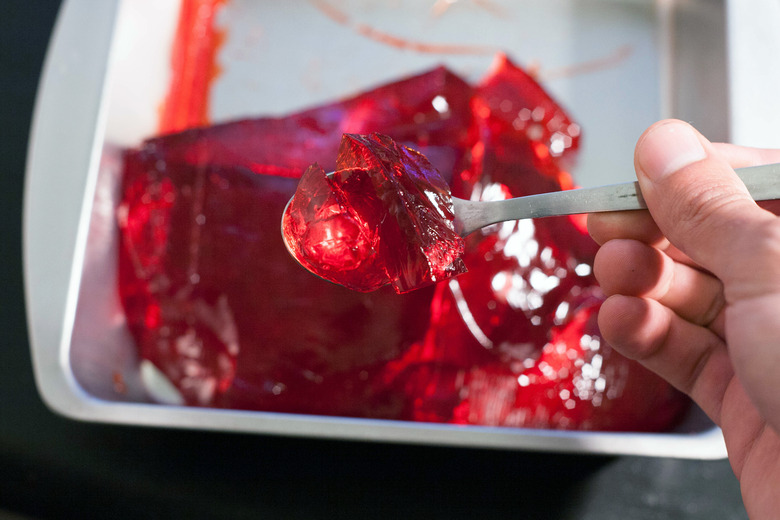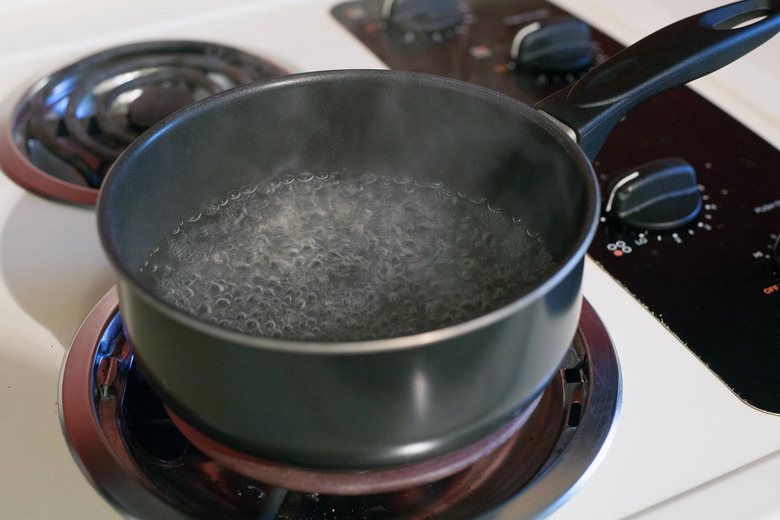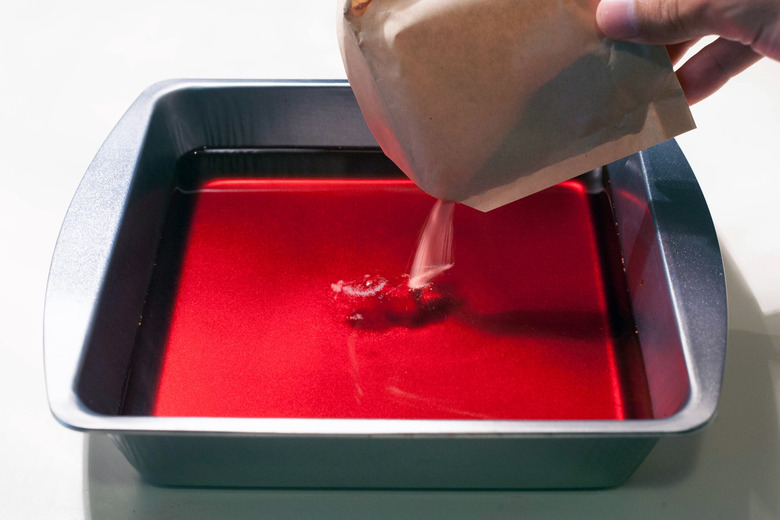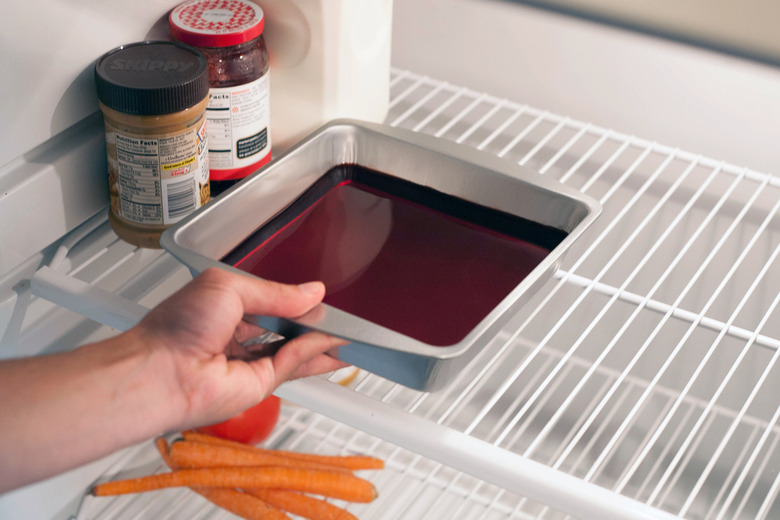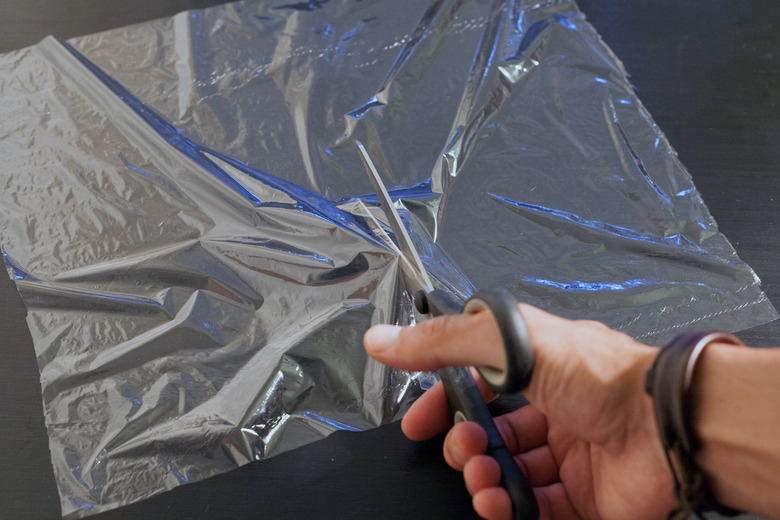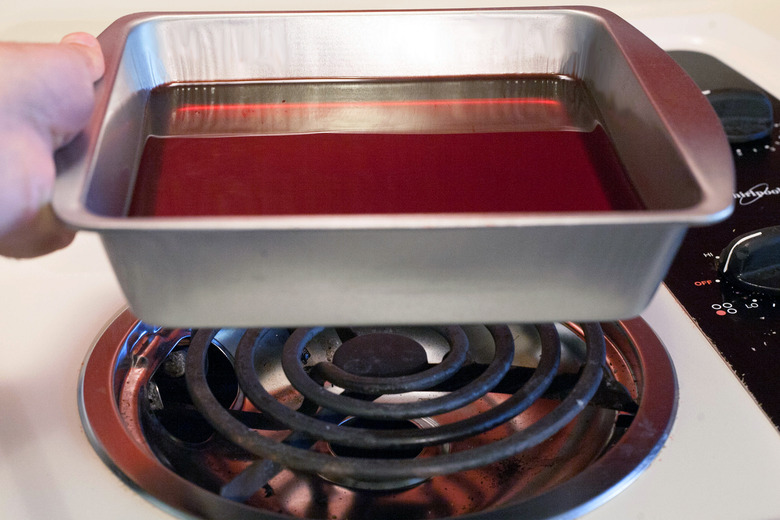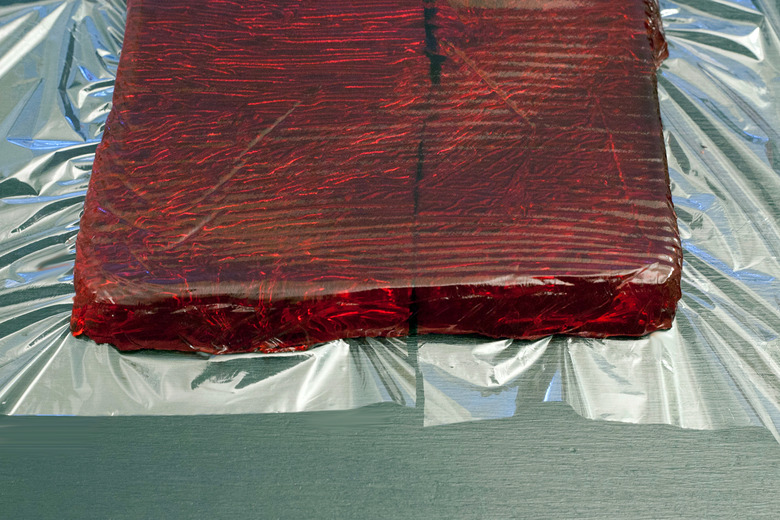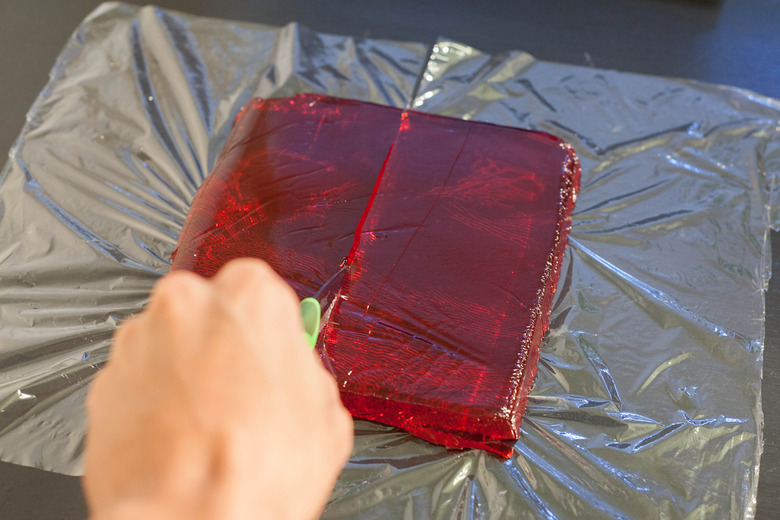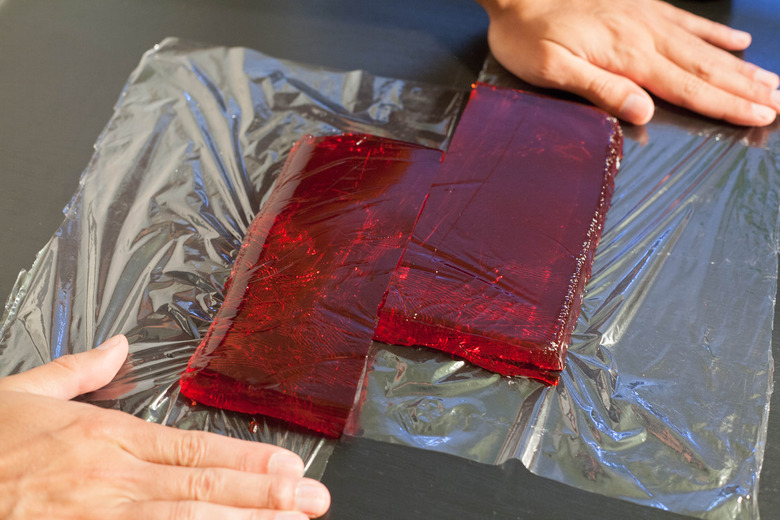How To Make An Earthquake Model For Kids
Earthquake models vary from complex to easy to make. If you're working with kids, you can make a fun and easy earthquake model out of gelatin. Best of all, the kids will have fun eating it afterward.
Step 1
Pour the water into the pot, and heat it on the stove until it comes to a rolling boil.
Step 2
Pour the boiling water into the baking pan, and stir in the gelatin powder.
Step 3
Put the pan into the refrigerator for several hours, until gelatin is firm.
Step 4
Cut a piece of plastic wrap in half and lay the two halves, touching each other, on a counter.
Step 5
Remove the pan from the refrigerator. Warm the bottom of the pan by holding it aloft over low heat until the gelatin can be removed.
Step 6
Slide the gelatin out of the pan and onto the plastic wrap, putting about half of the gelatin on each side of the wrap.
Step 7
Make a cut in the gelatin that runs along the same area as the cut in the plastic wrap.
Step 8
Slide the two chunks of jello past each other. The chunks of jello act like Earth's plates. When they slide past each other, you will see an earthquake form along the "fault."
Things Needed
- Baking pan, 8 x 8 inches
- Measuring cup
- 2 1/2 cups water
- Pot
- Stove
- 12 oz. powdered gelatin (two standard-size boxes)
- Spoon
- Plastic wrap
- Scissors
- Knife
TL;DR (Too Long; Didn't Read)
Sanitize the counter before making the model. That way, even if the gelatin slides off the plastic wrap, it will still be safe to eat.
Warning
Be careful when using boiling water around children.
References
Cite This Article
MLA
Perles, Carrie. "How To Make An Earthquake Model For Kids" sciencing.com, https://www.sciencing.com/make-earthquake-model-kids-5347246/. 24 April 2017.
APA
Perles, Carrie. (2017, April 24). How To Make An Earthquake Model For Kids. sciencing.com. Retrieved from https://www.sciencing.com/make-earthquake-model-kids-5347246/
Chicago
Perles, Carrie. How To Make An Earthquake Model For Kids last modified March 24, 2022. https://www.sciencing.com/make-earthquake-model-kids-5347246/
